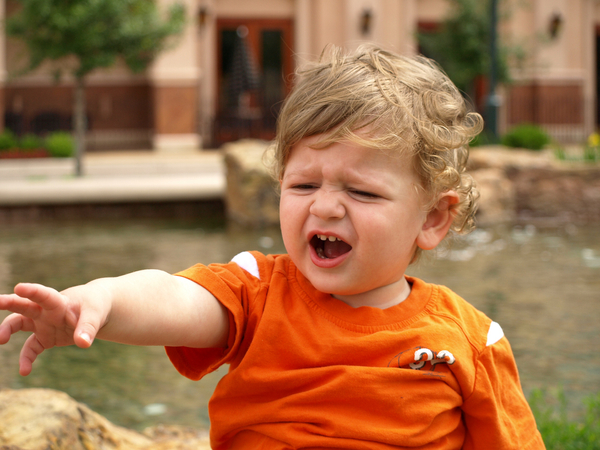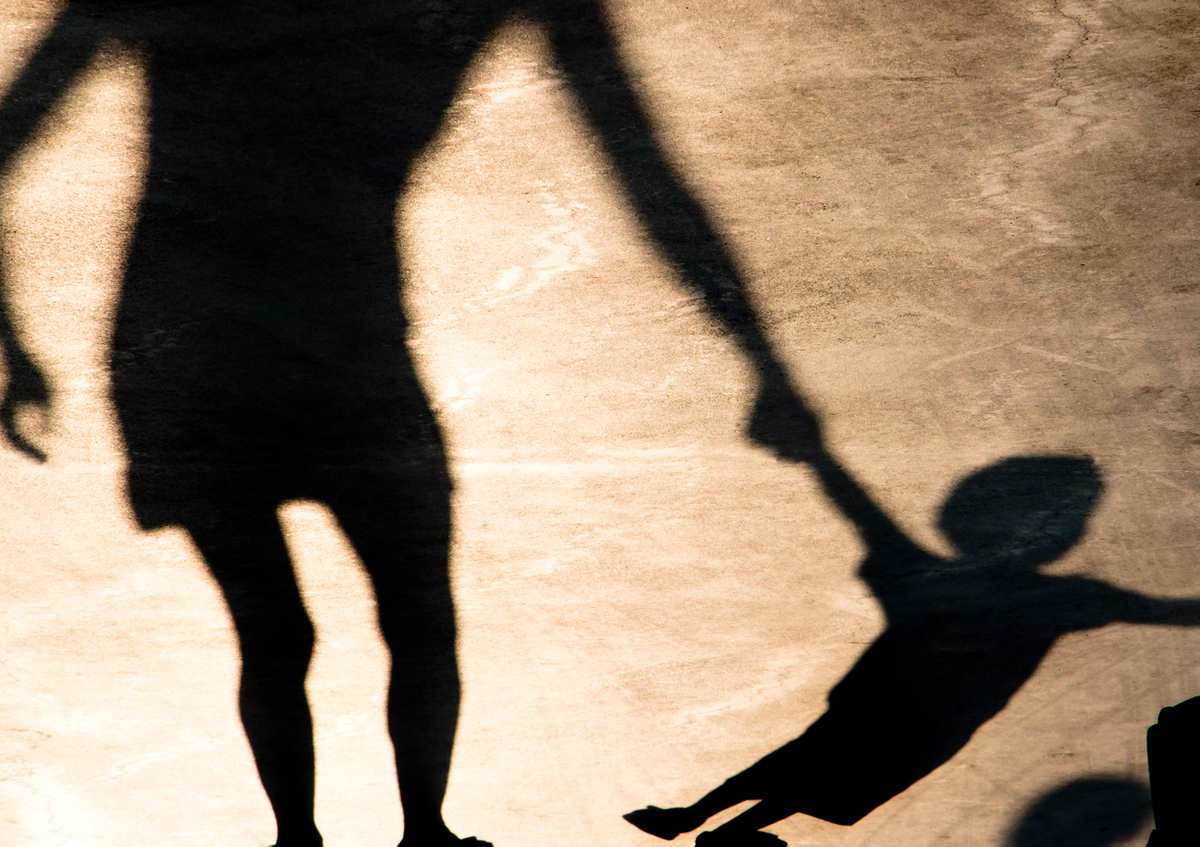This is a time of transition that can be teriffic, too! Perspective is key, says Frisco Pediatrician Dr. Chioma Okammor.

Terrible & Terriffic Twos
Who Named the Twos "Terrible"?
The term, “terrible twos,” has been attributed to a Yale University researcher, Arnold Gesell, back in the 1930s. In fact, the late Dr. Benjamin Spock considered the moniker, "a slanderous term, because 2 years is a really marvelous and exciting, if challenging, age." In his bestselling book, Baby and Child Care he attributes the rise of negativism, or the increasing use of “no” in a toddler’s vocabulary is a necessary developmental part of separating from the parent.
It’s no surprise, two is a big moment in your little human’s experience. One minute they might be clinging to you, and the next running away from you. It can feel dramatic, but honestly, these rapid changes--albeit sometimes a challenge--are a normal part of growth and development.
The changes that are happening all at once include intellectual, social and emotional as well as evolving new motor skills. Little kids this age audibly understand more speech than they can articulate—which can cause frustration and confusion. This can show up as a tantrum, arguable in the most inconvenient or pressurized places. Grocery check-out lines, come to mind!
Tantrums Happen
When a tantrum occurs, first: breathe. Remember, two-year-olds are reckoning the concept of rules, with a desire for independence and a need for closeness, all at the same time. This is not so easy. Maria Montessori taught that a child's reactions are often caused by a disruption or roadblock in their environment toward their natural path of development, caused by their need for independence, a language frustration, or something that is messing with their sense of order.
This is something that can’t necessarily be fixed or changed, but simply should be recognized as a new developmental stage.
Try to stay calm. Take a deep breath. (This is good modeling, too, btw!)
Try to redirect his or her attention.
If you’re in public, take your child aside and wait until they are calmed down before continuing with the activity.
Avoid possible flare-ups by dodging challenging situations such as shopping during naptime.
To navigate this special and sometimes challenging season in your child’s development, remember the three cornerstones of parenting a two-year old: unconditional love, setting limits and lots of exercise!

From Twos to Teens
The evolution of your toddler into a small child revolves around the experience of gaining independence as an individual while staying connected and supported with the parents and within the family. There have been studies that correlate this dynamic with two year olds with that of teens, both groups test limits, pushing against boundaries while needing and finding comfort in them. They both are experiencing rapid changes in their bodies and brains.
As a pediatrician who has served North Texas infants, children, big kids and teens, Dr. Okammor and the NxT Step Pediatrics team of professionals are well-versed in supporting families who are on both ends of this spectrum. Do not hesitate to ask at your next appointment if you believe you may need a little extra advice or support! That’s why we’re here!
